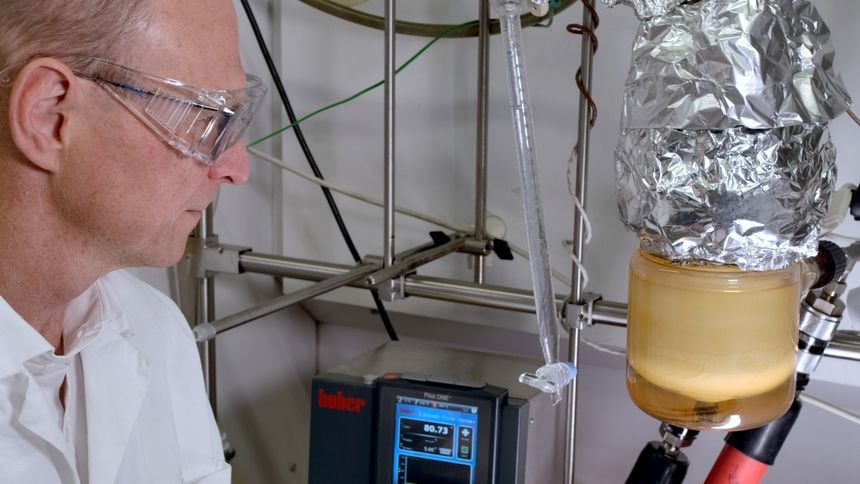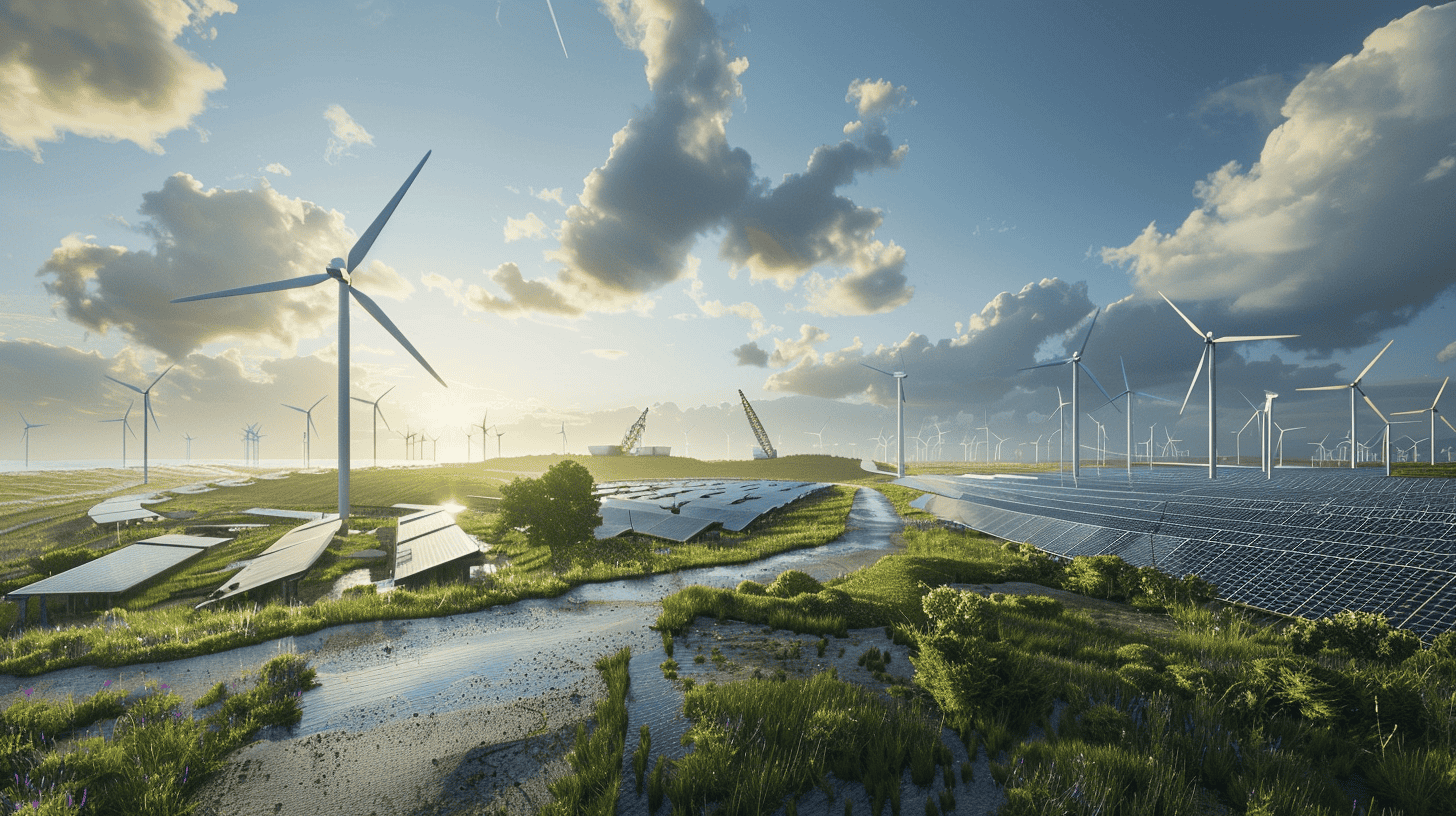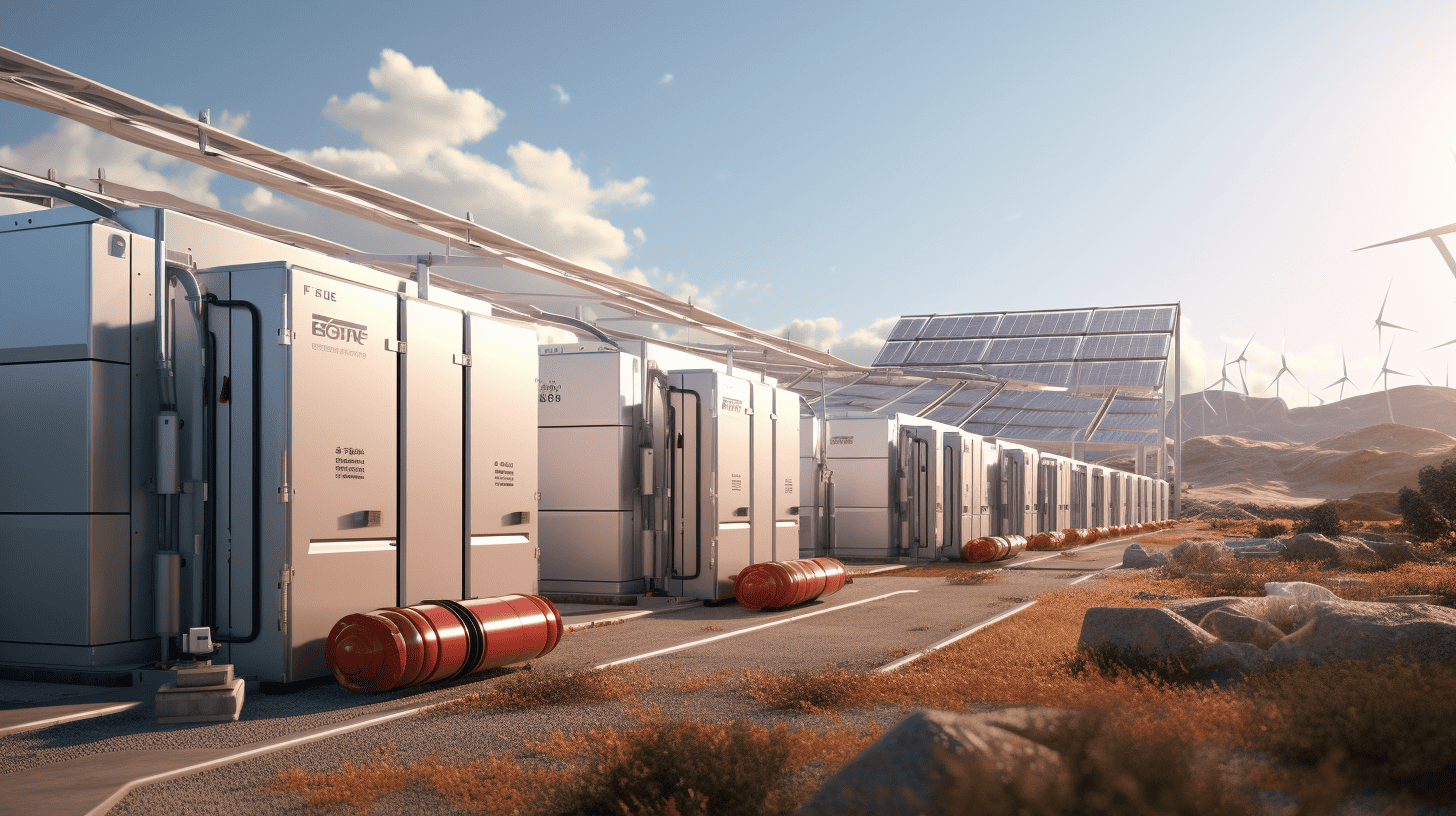
Energy storage helps reduce the main downside of renewable energy: it is not always there in the same quantity. The sun does not shine equally strong every day and the wind does not always blow equally hard. So there can be peaks and troughs in the energy supply.
We can solve the problem by storing the generated energy. You may be asking why we’re not doing that yet. The answer is simple: there is no effective technology yet to do so en masse. Fortunately, there are several scientists in Europe researching new ways to store energy.
Lifting up, lowering down
What goes up must come down. It’s a truism. If you throw something up, it comes back down by itself due to gravity. This simple, physics-based principle is in fact behind an energy storage concept developed by Gravitricity – a Scottish company.
The technology involves lifting and lowering heavy weights to store and release energy, respectively. The heavy weights are lifted into a deep shaft with sustainably generated energy. Later, when energy is needed, lower the weights and the resulting rotation of a spindle can power a generator. Gravitricity says their technology has an efficiency of nearly 80 percent, with a response time of less than a second. This technology lends itself particularly well to application in old mine shafts.
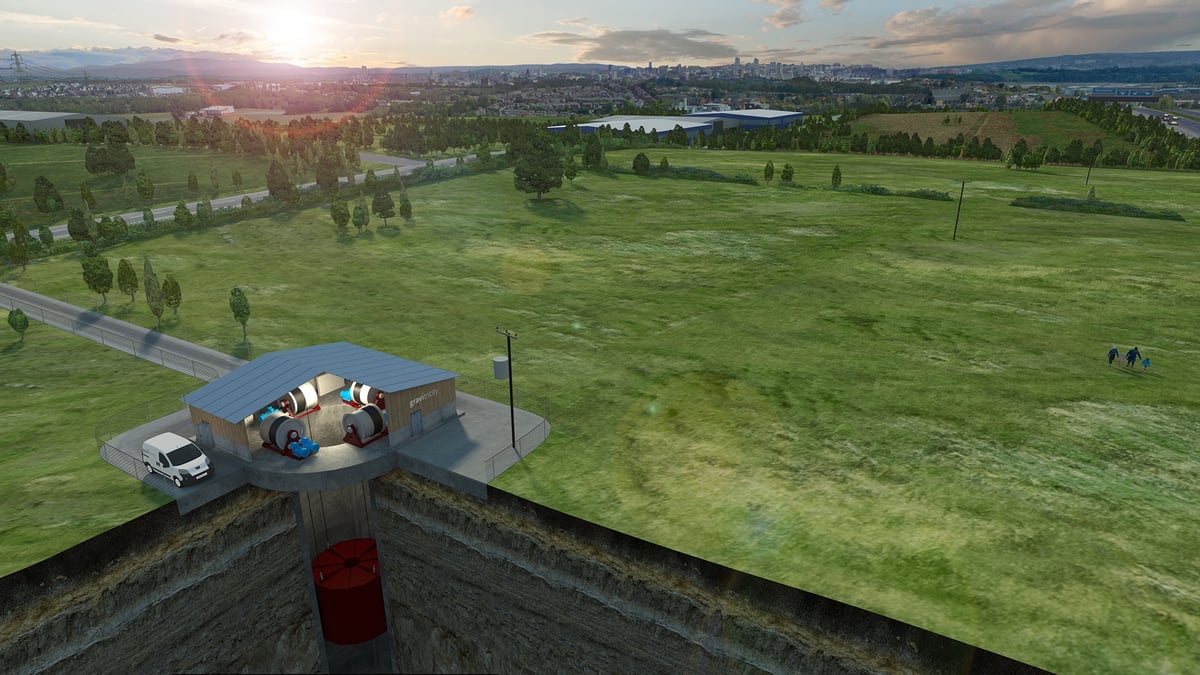
Smart tank for energy storage
Industrial plants and old mine shafts are not really something we have in our backyard. Is there any innovative option to store heat at home, so as to be able to manage our heating or cooling system the way we want? Yes, there is. HeatVentors from Hungary created HeatTank, doing so in a compact solution.
Anew, physics is behind this technology. The tank contains phase-change materials, which absorb or release heat depending on their physical state. The tank charges itself when there is an energy surplus, then discharges when in need of energy. HeatVentors’ technology comes in handy in home applications – since it doesn’t take a lot of space – but applies to larger use cases too. Data centers are an example. Having the chance to manage energy use also results in improving the efficiency of heating, ventilation, and air conditioning systems – optimizing energy consumption.
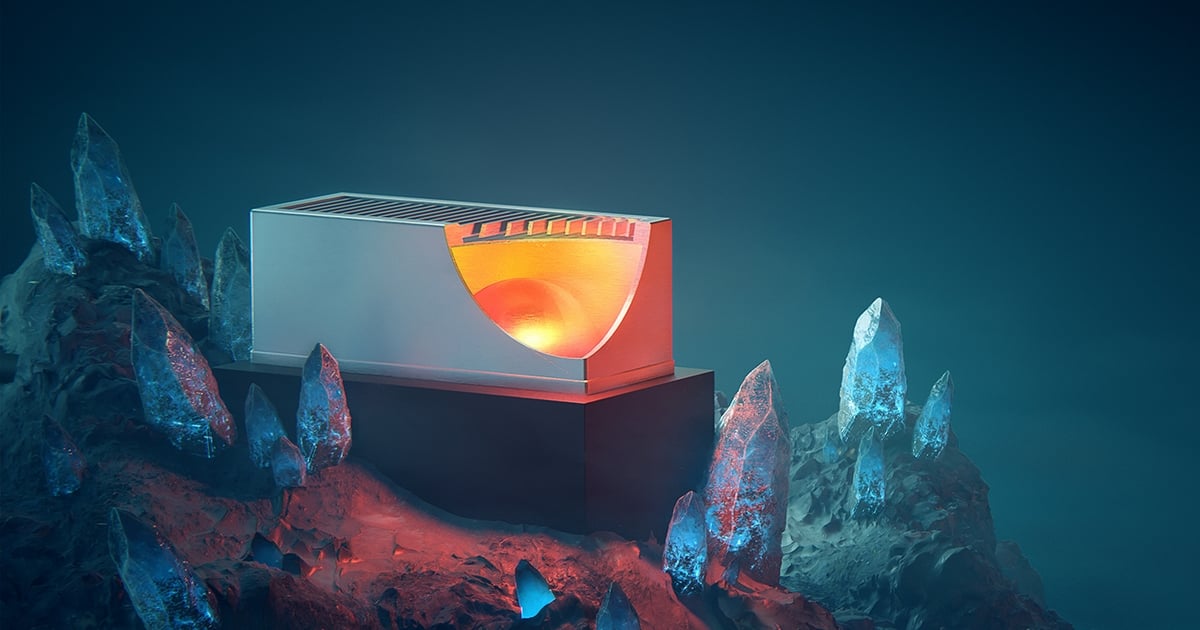
Storing power by yourself
Another energy technology that you could use at home is the Belgian MyGrid‘s battery. The start-up designed ModuleOne, a battery that allows you to store energy from the solar panels. It works as a big power bank, able to store 1500 Wh in a 40 cm long portable device. ModuleOne is a plug-and-play device, that connects to your house’s power sockets.
The battery can help consumers reduce their energy bills. This is because fosters the consumption of home-generated energy, limits peaks in energy consumption, and the integrated software suggests the best time to recharge – playing the energy market. MyGrid is currently testing the first prototypes, aiming to start mass production at the end of 2023.
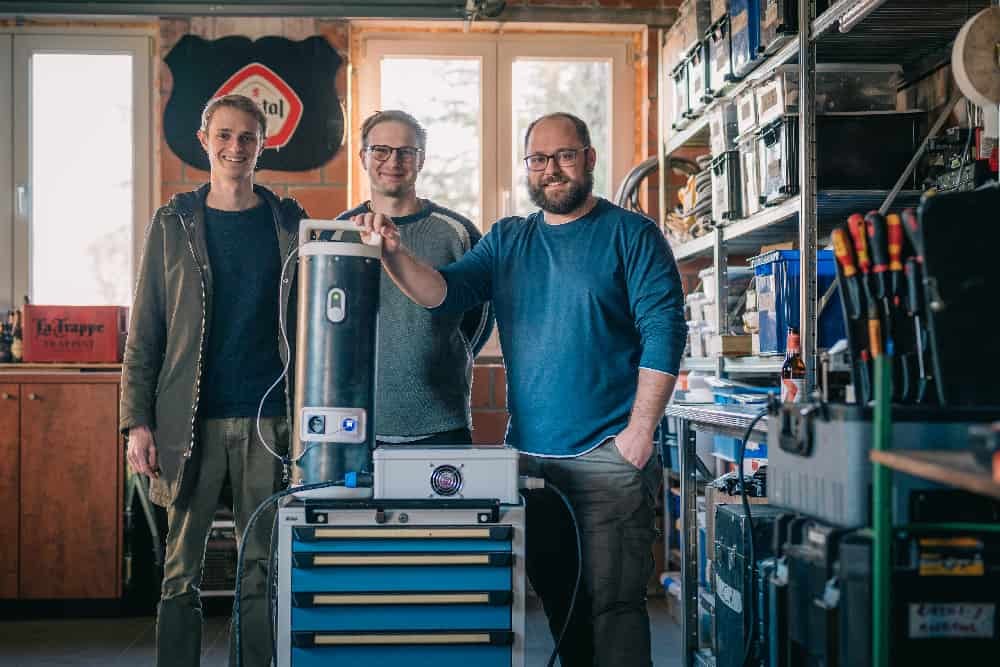
Storing heat leveraging chemical reactions
If batteries offer limited capacity and hydrogen can be stored for a limited amount of time, chemistry provides a different approach. Scientists at the Technical University of Vienna, Austria, used heat to trigger a chemical reaction that produces energy-rich compounds. Despite staying stocked for months, there is no power loss. When in need of energy, it’s only about reverting the reaction – releasing the energy inside the compound.
Where could we use it? This kind of storage system requires temperatures between 70 and 200°C. Such a temperature delta makes it suitable for energy-intensive industries. In general, it could work for all those plants generating lots of waste heat. Therefore, excess power generated during the summer months can be stockpiled to be used in the winter months – for heating buildings for instance.
